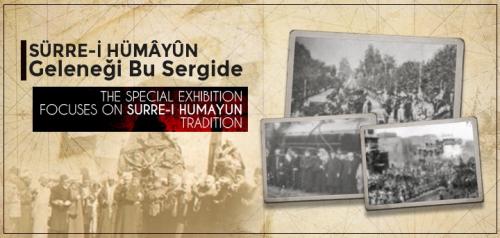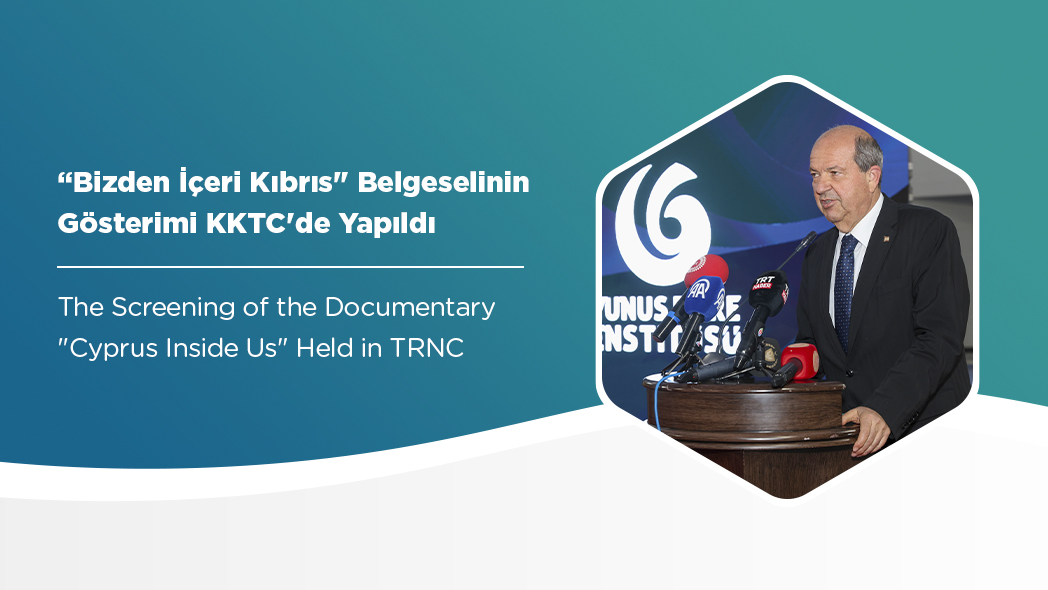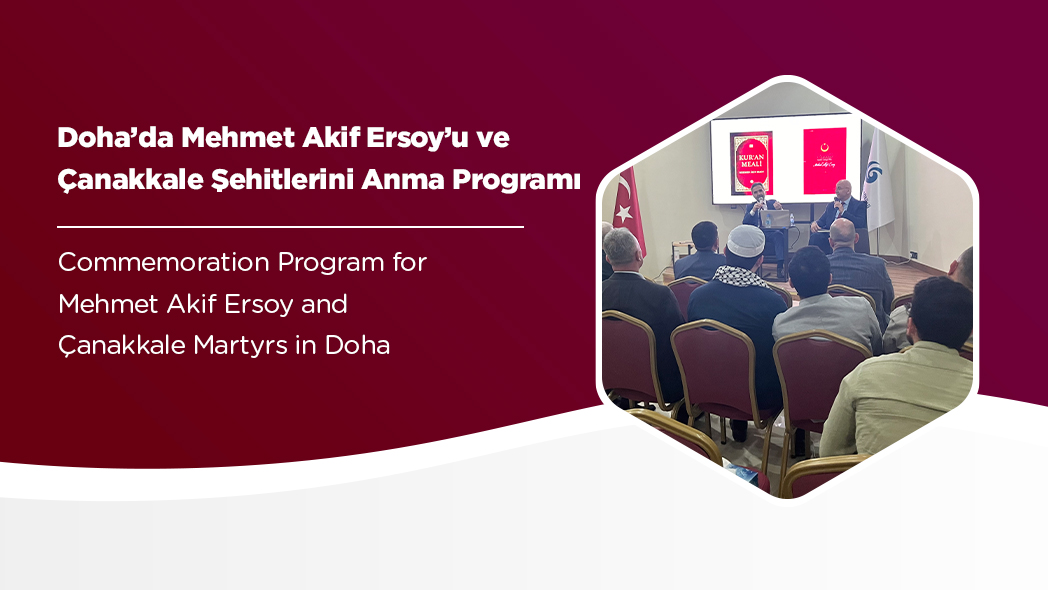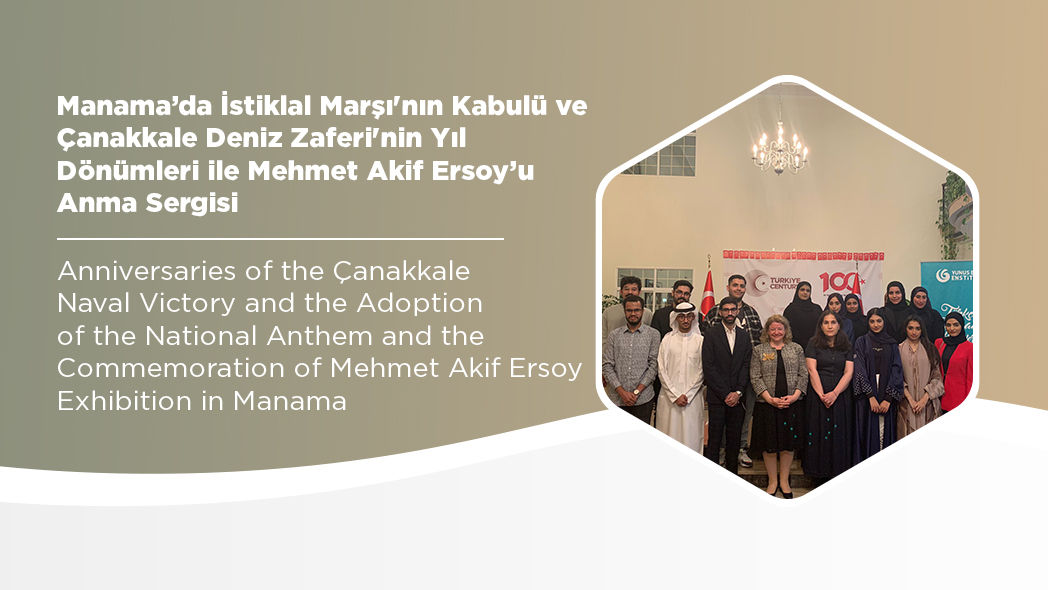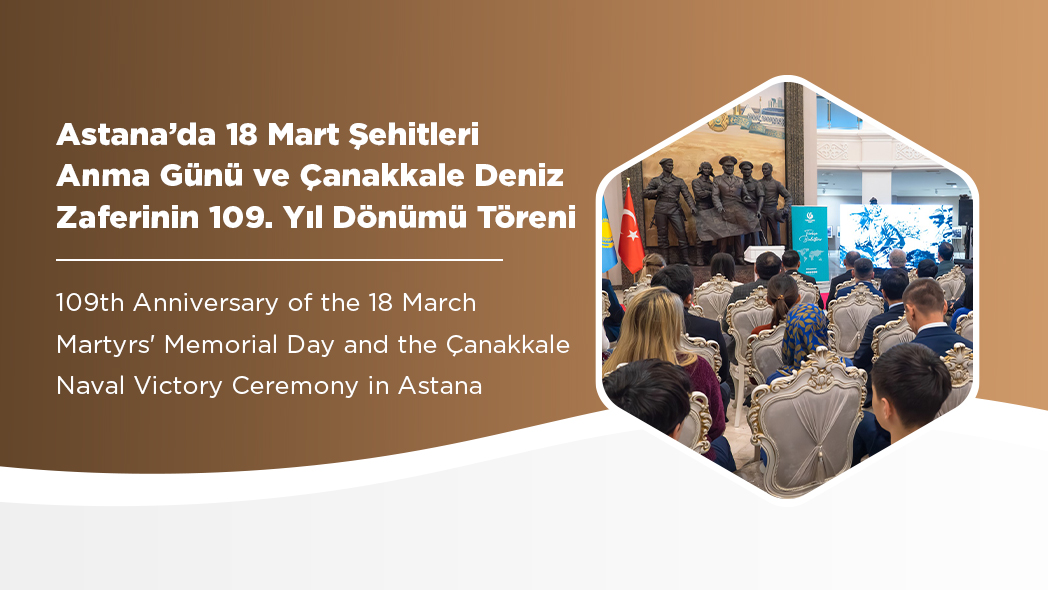Surre-i Hümâyun Tradition Exhibited
Yunus Emre Institute in Shkodra launched a highly interesting exhibition on the tradition of Surre-i Hümâyûn (Surre Procession) on digital platforms on 10 September in cooperation with the Presidency of State Archives affiliated to the Presidency of the Republic of Turkey. The exhibition provides access to many old photographs depicting the ceremonies held for the Surre-i Hümâyûn Procession, which carried money and gifts sent by the Ottoman sultans to Mecca and Medina during the pilgrimage.
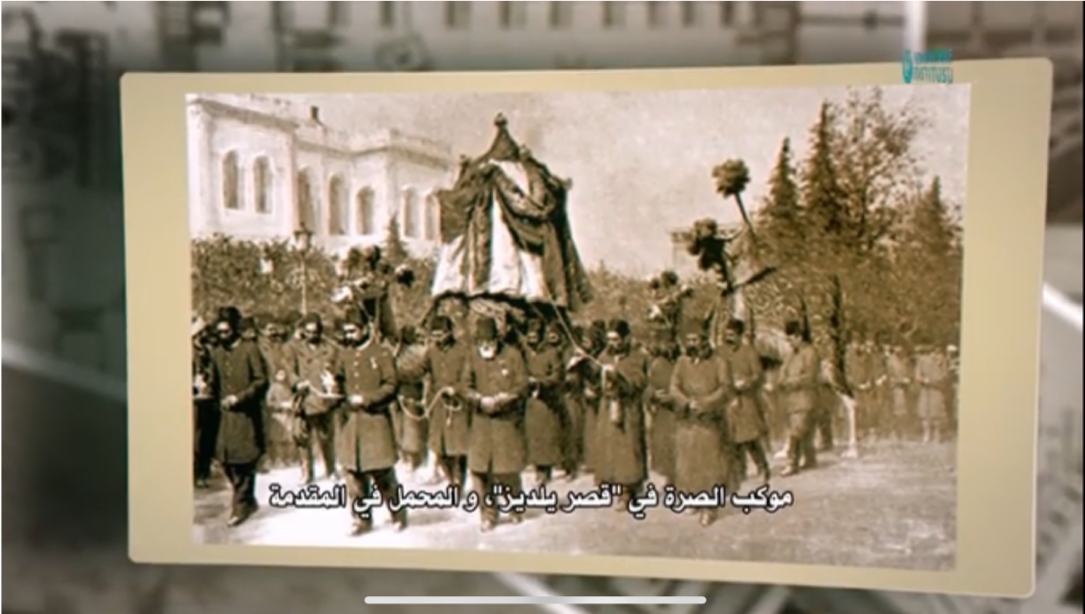
Yunus Emre Institute in Shkodra held an exhibition on Surre-i Hümâyûn on digital platforms on Friday, 10 September in cooperation with the Presidency of State Archives affiliated to the Presidency of the Republic of Turkey.
The exhibition displays numerous photographs of the ceremonies and documents of Surre-i Hümayûn, which the Ottoman sultans sent to the holy lands during the pilgrimage. Broadcast on the digital platforms of Yunus Emre Institute, the exhibition was organized in four languages, namely Turkish, Arabic, Albanian and English.
KAABA'S COVER AND QURAN MANUSCRIPTS
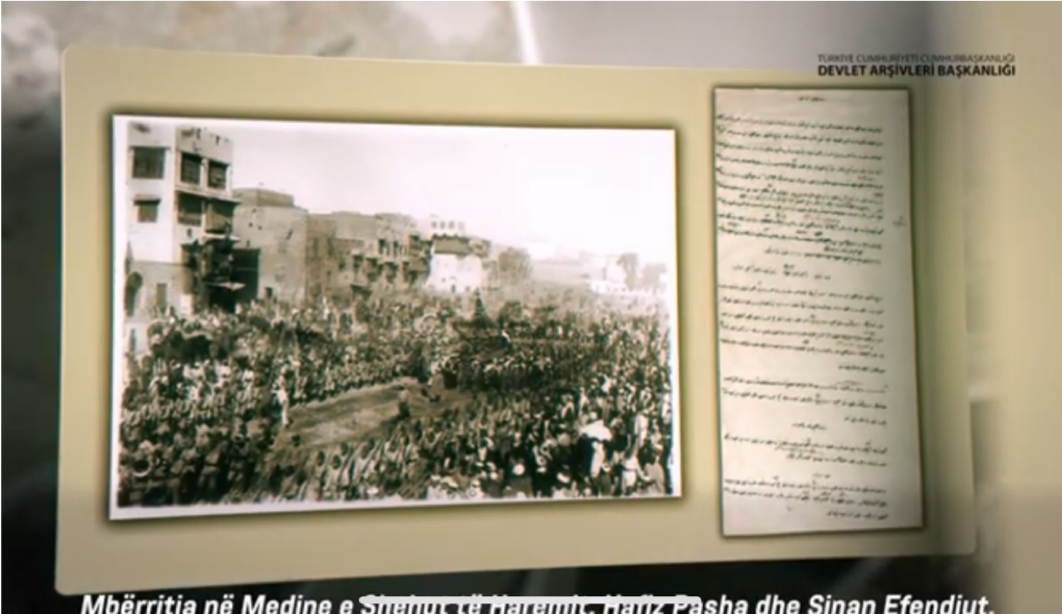
The groups of pilgrims who set out to fulfill the pilgrimage, one of the five conditions of Islam, and the Surre-i Hümâyûn Procession were of great importance. During the Ottoman period, the pilgrimage convoy was identified with Surre-i Hümâyûn.Surre-i Hümâyûn means "bags of money and various gifts sent out by the Ottoman sultans for distribution during the pilgrimage period to the officials of Rawda al-Mutahhara in Medina, Masjid al-Haram in Mecca and Masjid al-Aqsa in Jerusalem as well as to the poor, scholars, and the righteous people living around the sacred temples in these cities who set role models for other people". On camels and mules that came with the Surre-i Hümâyûn were gifts to the Sharif of Mecca and other officials, allowances registered in the names of the people of Haremeyn (Mecca and Medina) and of Arab tribes and put in leather bags, the manuscripts of the Quran and prayer beads sent to the Rawda al-Mutahhara, as well as many priceless gifts such as gold and silver candlesticks, censers and oil lamps decorated with precious stones, and carpets. The "Kiswa al-Saadat" which was draped over the tomb of Muhammad and the "Kiswat al-Kaaba" that was used to cover the Kaaba as well as robes, towels, wooden clogs and wooden spoons were prepared with great care. Rose water was brought from Isparta specifically to wash the blessed places while changing the cover of Hujra al-Saadat, which was woven with prayers and salawat, as well as the covers of the Kaaba. Sent with the Surre Procession, the Kaaba cover was one of the most valuable belongings of Surre-i Hümâyûn.
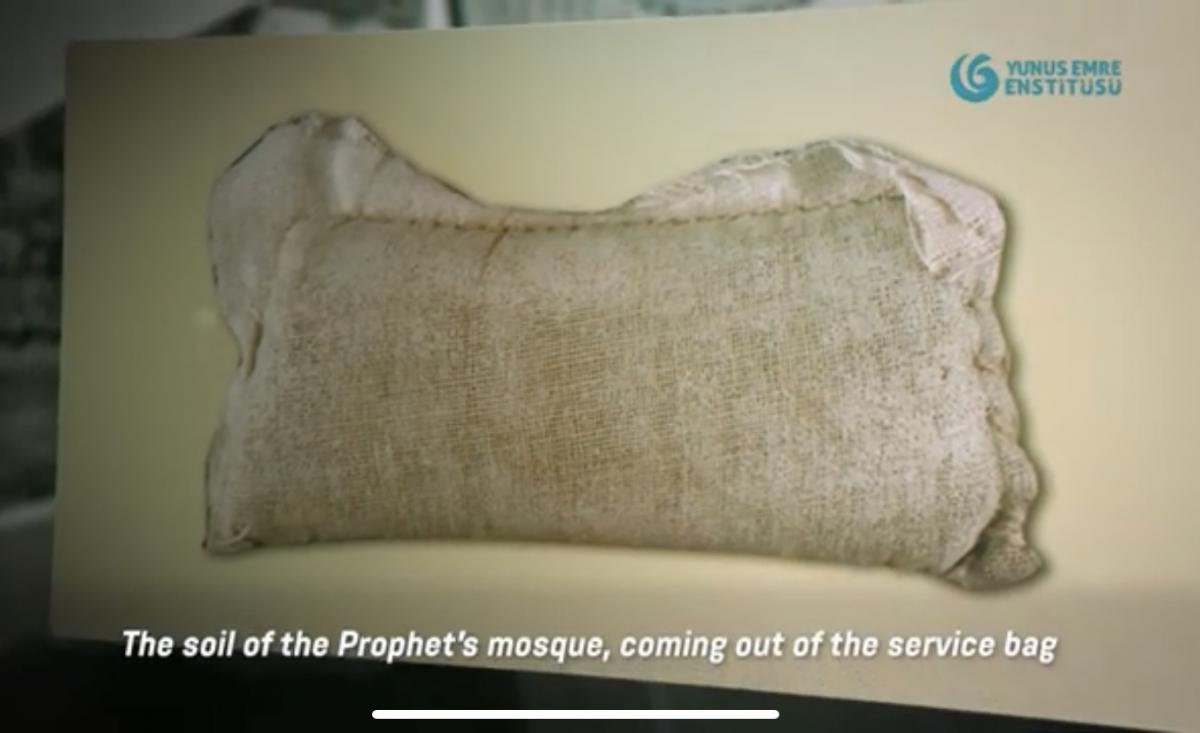
A TRADITION WITH A HISTORY OF 533 YEARS
Although many researchers suggest that the first Ottoman aid to the Holy Lands was made by Sultan Çelebi Mehmed (1413-1421), there are many historians who claim that Bayezid I, Çelebi Mehmed's father, was the first sultan to offer aid for the first time. This Ottoman tradition dates back to 1389, when Bayezid I dispatched a mahmal from Edirne in the first year of his reign (1389-1392). The tradition gained a regular basis and greater significance in 1517, when Sultan Selim I conquered Egypt, since Sultan Selim then assumed the title of Caliph. According to most recent Ottoman records, alms were distributed by Sultan Vahideddin to the poor people of Haremeyn between 1919 and 1922. In other words, the tradition of Surre-i Hümâyûn was a tradition with a history of 533 years.
ARRIVING AT THE HOLY LANDS IN TIME EVERY YEAR
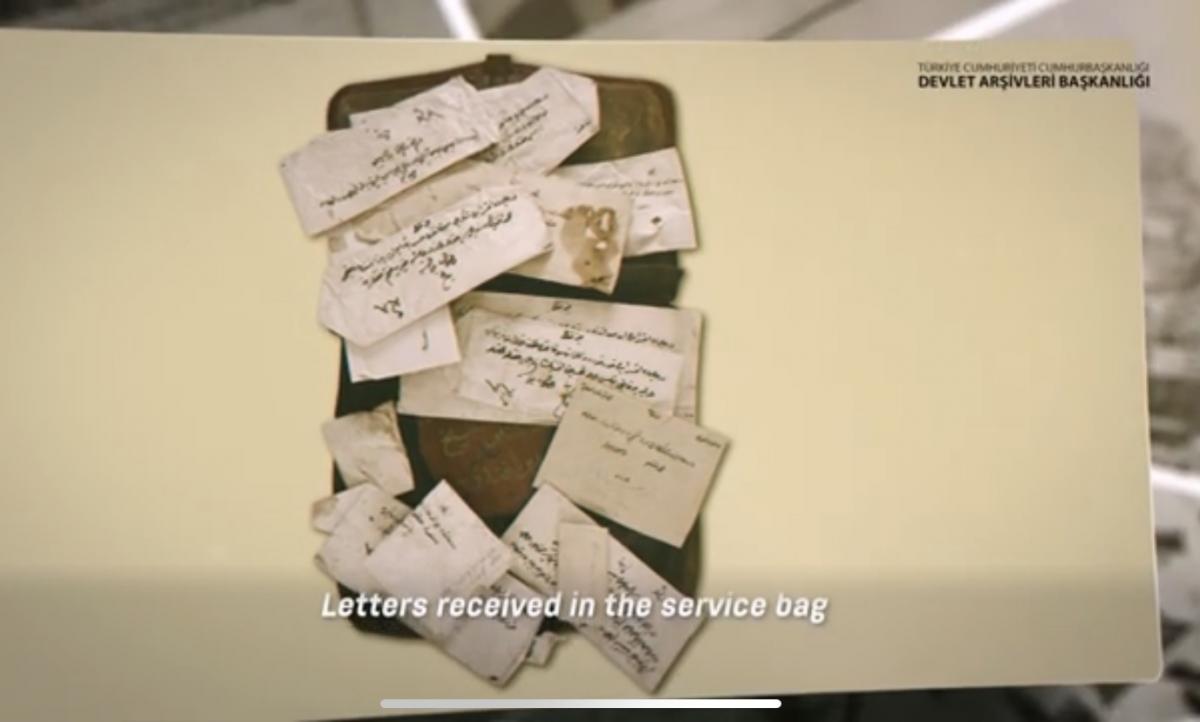
The Ottoman sultans attached great importance to the services for the Holy Lands to be carried out without delay and on time. The gifts and money pouches to be sent were always dispatched on time each year.
It is also known that the convoys of pilgrims and the Surre Procession which set out for Mecca gathered there and were bid farewell. Rumor has it that the fountain was publicly called the Fountain of Separation, since the convoys leaving the city were finally bid farewell there. After setting out at the Fountain of Separation, the convoy would come to Kartal and then move to Damascus on horses, mules or donkeys, before riding camels in Damascus.
BUILDING BRIDGES BETWEEN HEARTS
Surre-i Hümâyûn was not only a caravan which moved gifts between Istanbul and Hejaz, but also a tradition that established bridges between the hearts of people, and was welcomed with respect wherever it went. |
Surre Procession used to depart from the Imperial Palace (Saray-ı Hümâyûn) every year before Ramadan and, stopping over at various locations, spend the month of Ramadan in Damascus. The pilgrims were greeted with joy on their way from Anatolia to Damascus and from Medina to Mecca, and were bid farewell with prayers. This journey to Mecca would end at the Eid al-Adha, and soon the return journey would begin. Surre-i Hümâyûn would stop over at 54 locations until reaching Mecca, spending as long as 90 days in total at such locations during the journey to and from the pilgrimage. Surre-i Hümâyûn was not only a caravan which moved gifts between Istanbul and Hejaz, but also a tradition that established bridges between the hearts of people, and was welcomed with respect wherever it went.
"WE MAY GO BUT NOT RETURN OR WE MAY RETURN BUT NOT FIND"
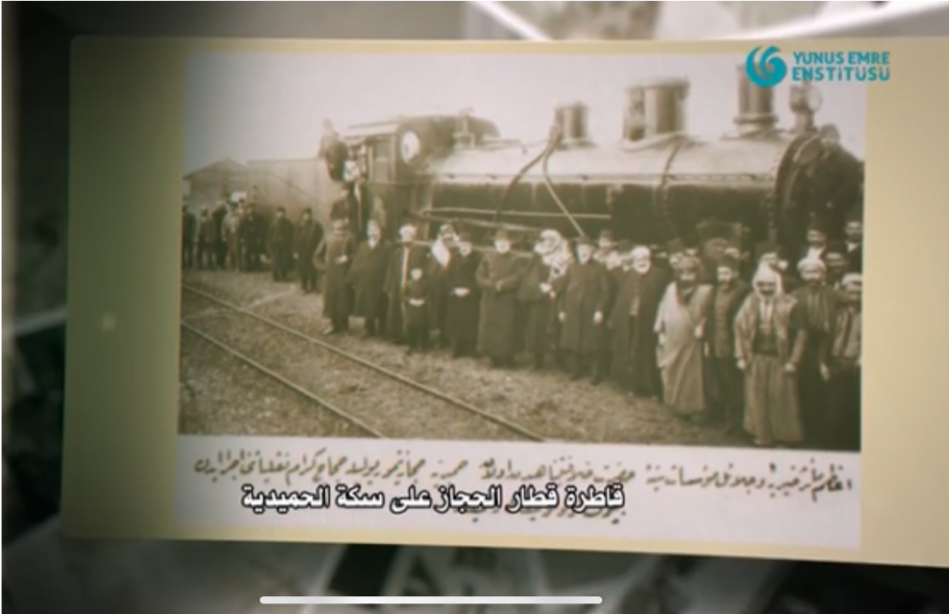 Knowing that they would cross snowy mountains and hot deserts in order to reach the Holy Lands, Muslims embarked on this sacred journey, reciting the sentence "We may go but not return or we may return but not find."
Knowing that they would cross snowy mountains and hot deserts in order to reach the Holy Lands, Muslims embarked on this sacred journey, reciting the sentence "We may go but not return or we may return but not find."
The photographs of Surre-i Hümayûn Procession, which was sent to the Holy Lands in a festive atmosphere in any period of the Ottoman Empire, as well as of official orders for the safe transportation of Surre-i Hümayûn and of the gifts from the Holy Lands are exhibited. The exhibition has attracted great attention and has been visited by thousands of people.
Surre-i Hümâyûn Exhibition can be viewed until 30 September 2020.
The access link to the exhibition is available here.

